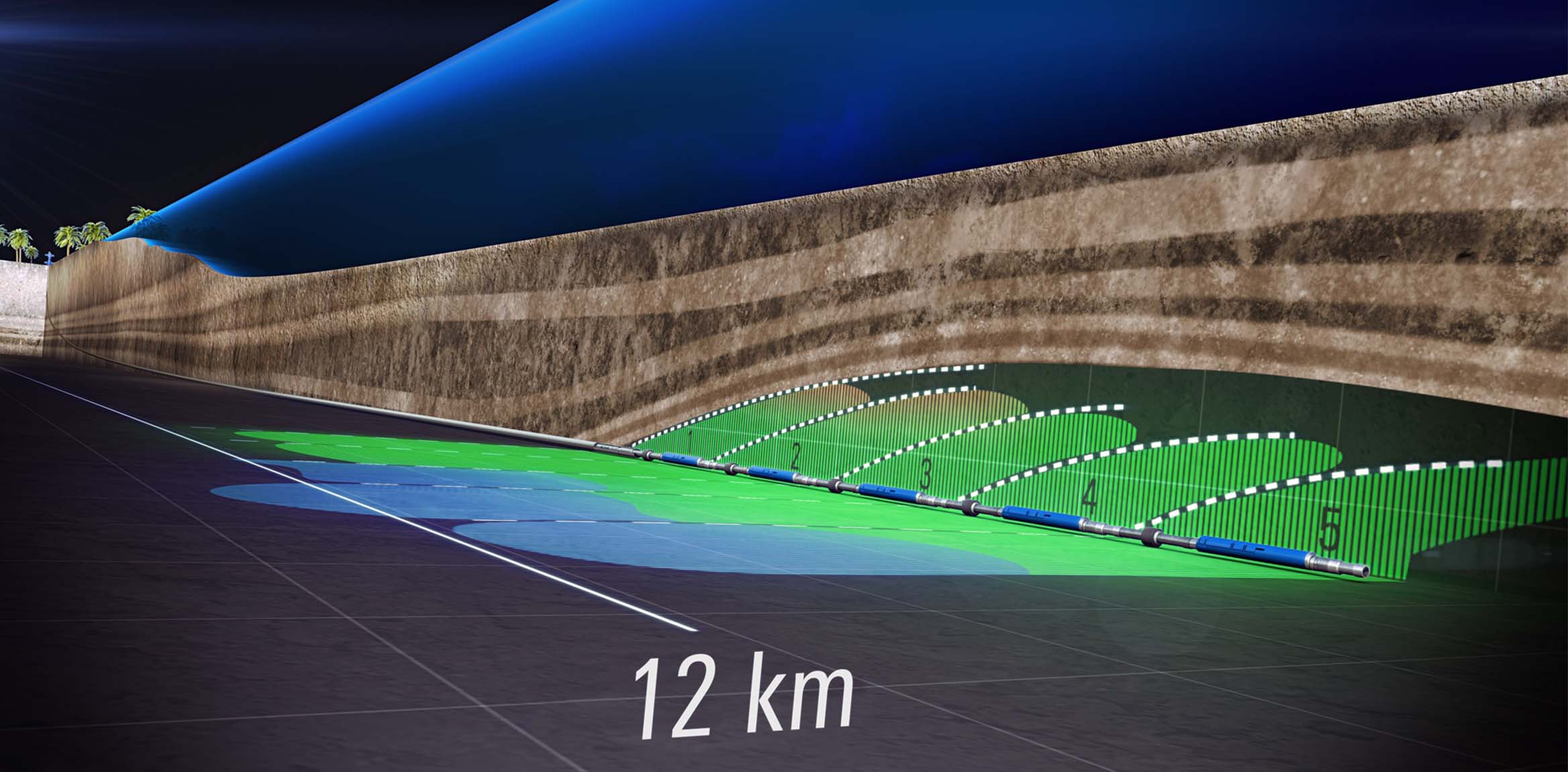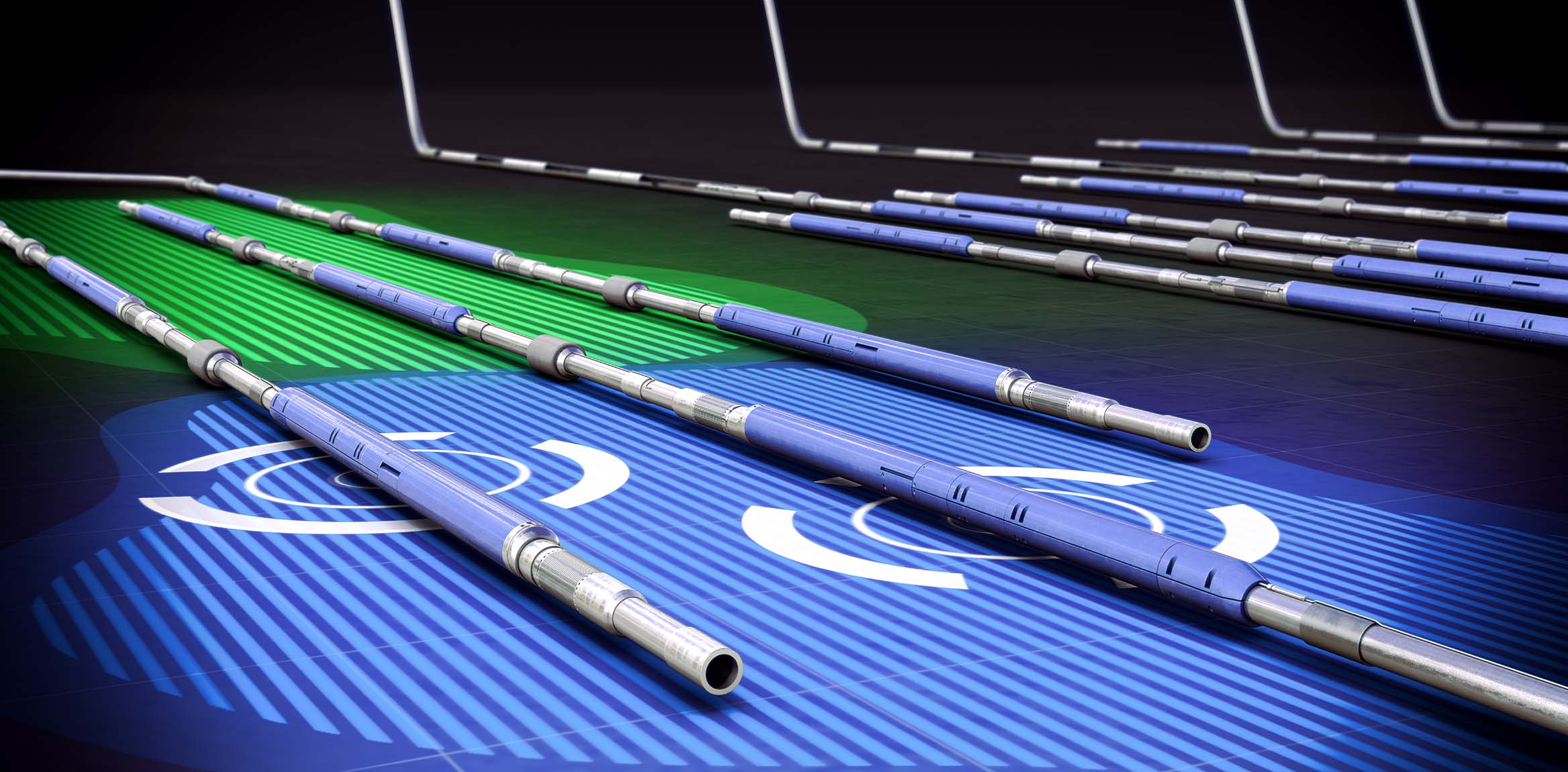Optimize recovery and reservoir management by monitoring and controlling flow from multiple zones in real time.
Electric vs. Hydraulic Production Systems: Lowering Total Offshore Development Costs While Enhancing Operational Capabilities
Published: 10/05/2021

Electric vs. Hydraulic Production Systems: Lowering Total Offshore Development Costs While Enhancing Operational Capabilities
Published: 10/05/2021

For decades, the oil and gas industry has relied on hydraulic production systems to develop its offshore fields. But as the industry enters a new era in offshore oil and gas development—one characterized by lower total expenditures and more sustainable operations—operators are looking for ways to realize returns from new investments faster and to optimize utilization of their existing assets. This is where all-electric production systems come into the picture.
We sat down with Schlumberger’s Production Systems Electrification Program Manager, Stephane Hiron, to discuss how electrification of production systems can lower total costs, both capex and opex, and enable more sustainable performance compared with that achieved using conventional hydraulic systems.
What are the current limitations of hydraulic systems, and in what ways can electrification open new possibilities?
Simply put, hydraulic systems don’t have the reach of an electric system. From a technical standpoint, hydraulic pressure must be generated close to the point of utilization, eventually requiring conversion from electric energy to hydraulic power. As pressurized fluid is transmitted through hydraulic lines, the pressure drop along the line due to frictional losses limits the ability to transmit energy with fast response times over long distances, giving electric lines superior technical possibilities.
From an application standpoint, the additional reach of an electric system enables very long wells with multiple controlled production intervals or multiple multilateral branches with lateral multizone control from a single main wellbore, which is inconceivable with hydraulic systems. These new possibilities can significantly reduce the number of wells needed for a given reservoir drainage objective. Fewer wells reduce development costs and schedules and allow for expansion of existing assets without additional infrastructure—lowering capex, carbon intensity, and time to first oil.

Another unique advantage is the possibility to tie back new wells over large distances from existing offshore infrastructures. While reservoir depths are counted in kilometers, seabed distances are counted in tens of kilometers. Hydraulic extensions will quickly face pressure transmission limits, especially for extended tiebacks and long step-outs. Topside pressure-generation capabilities can be quickly exceeded, requiring expensive upgrades, which aren’t necessarily possible due to space constraints. Electrical systems are more open to extensions and can transmit energy over longer distances before reaching technical limits. Adding subsea wells to reach new reservoir pockets farther from an existing production hub while reducing ancillary subsea infrastructure is a significant cost and time savings for the operator.
Can electric systems improve operational decision making?
Yes, absolutely! Electrification allows multidropping a large number of monitoring or control stations on the same cable. Hydraulic systems require dedicated lines for each control station plus monitoring lines for sensors. A single downhole electric cable can transmit power to multiple control devices and transmit the information of many sensors in real time. On the control side, the electric motors used in downhole flow control valves are operated with high-temperature electronics that monitor dozens of parameters to control the motor movement. This provides intrinsic information about position (motor resolvers), torque (consumed current), and many other internal parameters that can be used for prognostic health monitoring.

In addition to the built-in sensors, permanent downhole pressure and temperature gauges can be distributed at strategic positions to provide reservoir and choking pressure, allowing commingling production from heterogeneous reservoir layers without crossflow while containing water production. On the downhole pressure measurement side, pressure gauges are not new—they have been deployed for almost 50 years now—but we are now truly moving from an era of installing downhole gauges to satisfy regulations to an era of true utilization of pressure measurement for reservoir monitoring, well performance, or productivity index calculations. In other words, we are seeing a shift from passive monitoring to converting data into action in real time with downhole interval control valves. This also now gives a reality to the long-sought-after deployment of distributed sensors like flow-measurement, water-cut, gas-detection, and vibration sensors on a single electric line or fiber-optic line, which is the sister cable going along with electrification.
With real-time reservoir data and precise flow control valve positioning, operators can make better and continuous strategic production control decisions. It also opens the door to not permanently attended platforms, reduced downtime, reduced maintenance and refill costs, and improved safety due to no hydraulic pressure.
Is electrification laying the foundation for digitalization of production systems today? What can we expect to see in the future?
Digitalization is increasingly important for future production operations management, both offshore and onshore. With electric production systems, we collect large numbers of datasets in real time related to the reservoir behavior, production processes, well integrity and safety, and the health and performance of the equipment. Each group of information is consumed by appropriate digital applications delivering a production optimization scenario or preservation of equipment integrity for long-term reliability and availability. The “brain” of the safety functions will be redistributed among topside, seabed, and downhole equipment, likely with more decentralized control.
New real-time sensing capabilities with control will enable automating the production processes. As we put more controls in a single well, automation will become even more of a necessity. Due to the dynamics of these multizone sections producing together into the same wellbore, smart control algorithms will clearly outpace an operator with a joystick. This will require some change of mindset as to who will ultimately have control. Long term, you could well imagine production being run with a certain level of autonomy from strategic set points. We are at the beginning of this journey, but our industry is transforming rapidly, pushed by sustainability objectives, so what may look like a long-term vision today may happen sooner than imagined.
We are truly living through exciting times, with the all-electrification perspective contributing to the transformation of our industry.

